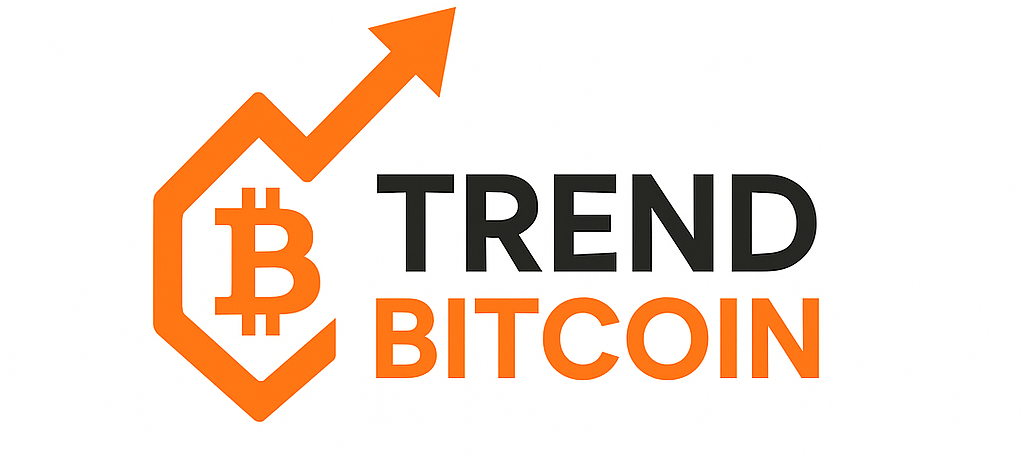In the world of finance, the loudest players aren’t always the most powerful. While retail investors and institutional giants like BlackRock make headlines, a quieter force is positioning itself to influence the future of Bitcoin: sovereign wealth funds (SWFs). These state-owned investment vehicles control over $11 trillion in assets globally, and a subtle but growing interest in digital assets suggests a potential seismic shift in Bitcoin’s long-term trajectory.
This article explores the untapped potential of SWFs in the Bitcoin ecosystem, the macroeconomic forces pushing them toward crypto exposure, and the profound implications for investors as the next bull run quietly gains momentum.
What Are Sovereign Wealth Funds?
Sovereign Wealth Funds are state-owned investment portfolios that manage national reserves, often derived from oil revenues, trade surpluses, or foreign currency operations. Examples include:
- Norway Government Pension Fund Global (GPFG) – over $1.4 trillion in assets.
- Abu Dhabi Investment Authority (ADIA) – over $800 billion.
- China Investment Corporation (CIC) – over $1.2 trillion.
- Saudi Arabia’s Public Investment Fund (PIF) – rapidly expanding and heavily involved in innovation and tech.
Traditionally conservative, these funds invest in diversified assets including equities, real estate, infrastructure, and government bonds. But the financial landscape is evolving—and so are their strategies.
Why SWFs Are Eyeing Bitcoin
1. Hedge Against Dollar Decline
As global tensions rise and de-dollarization trends gain traction, Bitcoin presents an alternative store of value that’s immune to traditional monetary policies.
2. Inflation Hedge in a Low-Yield World
With government bonds yielding historically low returns and inflation eroding real purchasing power, Bitcoin’s deflationary model becomes attractive—especially for long-term investors.
3. Alignment with Innovation Mandates
Funds like Saudi Arabia’s PIF are mandated to invest in innovation and future-proof technologies. As crypto matures, it increasingly fits the criteria for forward-looking capital deployment.
4. Infrastructure Investments in Crypto
Rather than directly holding BTC, many SWFs have started investing in crypto infrastructure: custodial services, blockchain platforms, and fintech startups.
5. Peer Exposure and FOMO
As some sovereign entities dip their toes into Bitcoin-related assets, others may follow to avoid being left behind—creating a domino effect similar to corporate treasury adoption in 2020–2021.
Signs of Quiet Entry
While most SWFs have not publicly disclosed BTC holdings, several indicators suggest behind-the-scenes movement:
- Singapore’s Temasek has invested in multiple crypto startups including Binance and FTX (before its collapse).
- Norway’s GPFG holds indirect Bitcoin exposure through public companies like MicroStrategy.
- UAE-based Mubadala announced interest in investing in the crypto ecosystem in 2021.
- Kuwait Investment Authority has explored blockchain pilots in public infrastructure.
These are not speculative retail moves; they are calculated, strategic allocations into the foundation of the crypto economy.
What Would Happen if SWFs Allocated 1% to Bitcoin?
Let’s do the math:
- Global SWF assets = ~$11 trillion
- 1% allocation = $110 billion into Bitcoin
At current BTC market cap levels (~$1.3 trillion as of April 2025), this would represent an 8.5% influx, likely triggering a major supply shock given Bitcoin’s finite supply. This could catalyze a bull run exceeding the magnitude of the 2020–2021 rally.
Moreover, SWFs tend to hold assets long-term. Their entry would remove BTC from circulation for extended periods, further tightening supply and increasing price resilience.
Risks and Barriers to Entry
1. Volatility Concerns
Bitcoin’s price swings may still be seen as too erratic for ultra-conservative funds.
2. Regulatory Uncertainty
While institutional clarity is improving in the U.S. and Europe, many countries still lack clear frameworks for crypto investments by state entities.
3. Political Optics
In some jurisdictions, investing public money in a volatile asset like Bitcoin could trigger public or political backlash—at least for now.
However, as Bitcoin becomes normalized within pension funds, ETFs, and even central bank reserves, these barriers may rapidly erode.
Strategic Implications for Investors
If you’re an investor, here’s why this matters:
- Front-run the institutions – Sovereign wealth fund adoption tends to be a lagging signal. Retail and smart money can benefit by positioning early.
- Focus on infrastructure plays – SWFs are more likely to invest in platforms and custody solutions before holding BTC directly.
- Monitor global regulation – As laws evolve, track countries improving their crypto legal frameworks—these may be early adopters.
- Expect slower but steadier inflows – Unlike hype-driven retail waves, SWF investment would likely be methodical, long-term, and persistent.
The next Bitcoin bull run may not be driven by retail euphoria or tech giants—but by the steady, strategic flow of sovereign wealth. As trillions in global capital quietly realign to hedge against inflation, currency risk, and the need for innovation exposure, Bitcoin stands as a natural, if unconventional, choice.
For now, the signals are subtle—but smart investors would be wise to listen.









